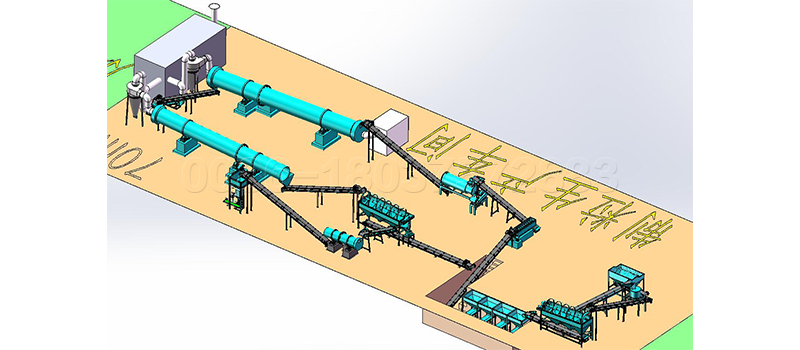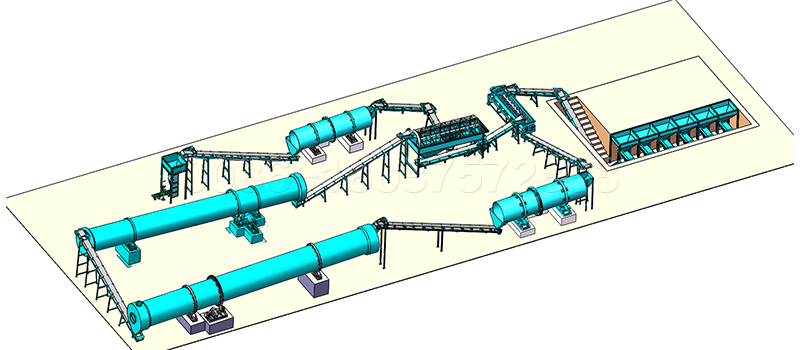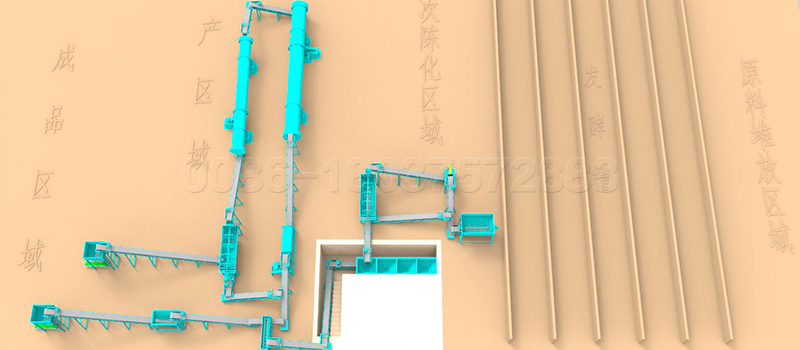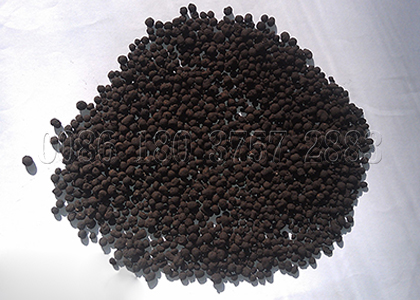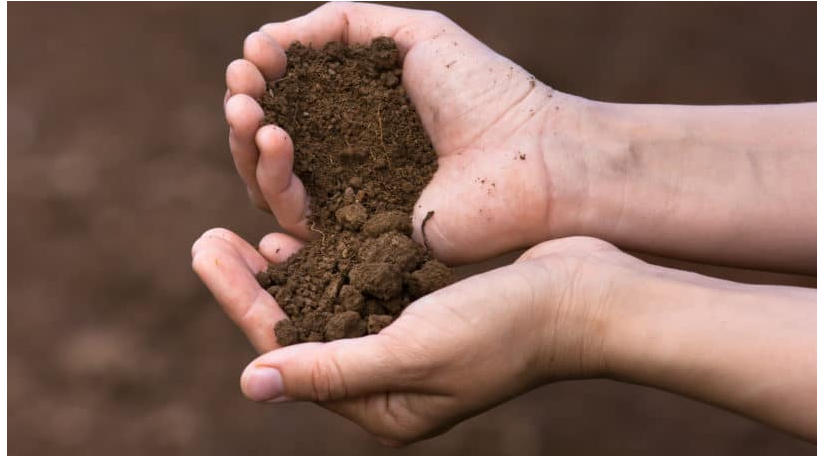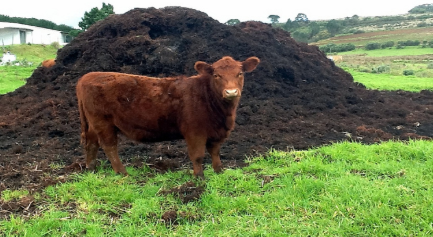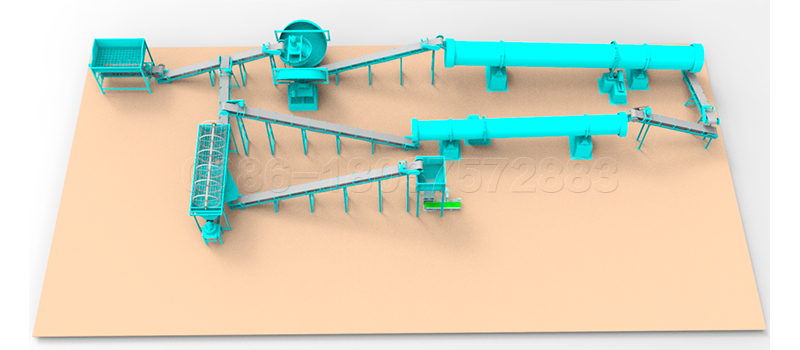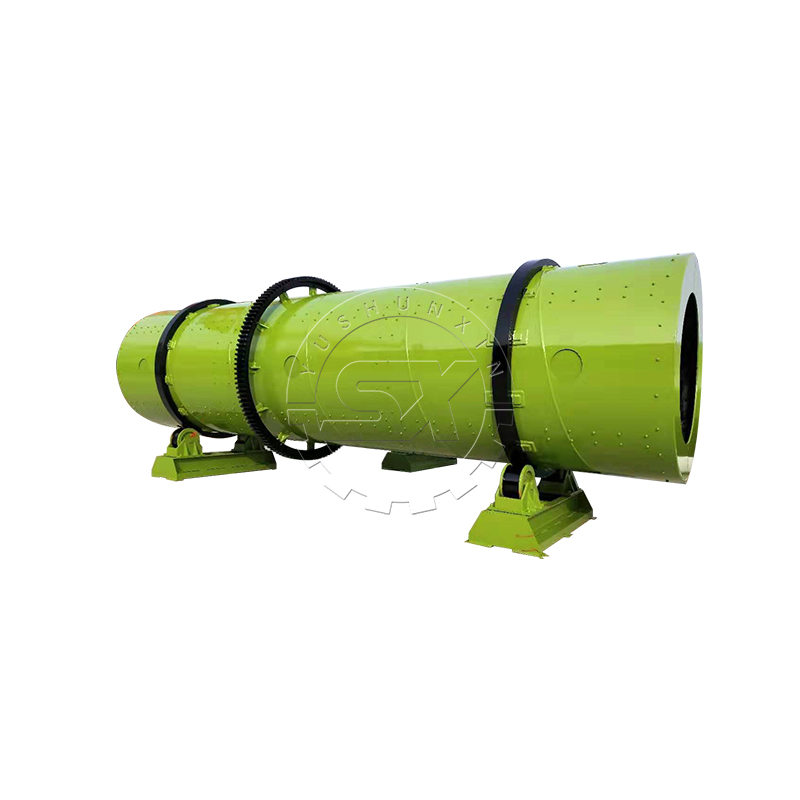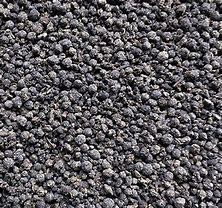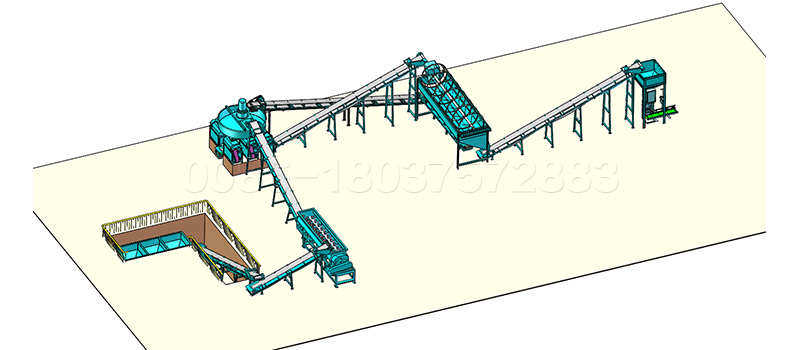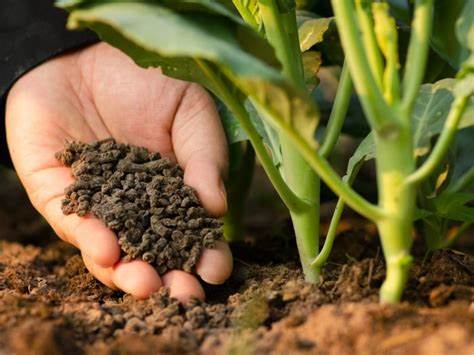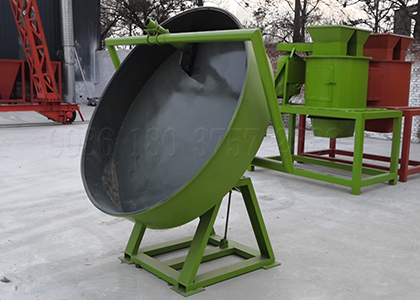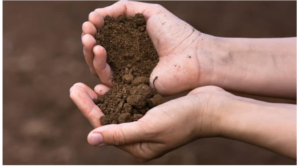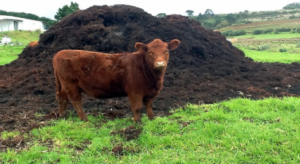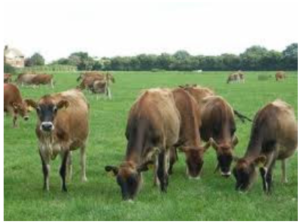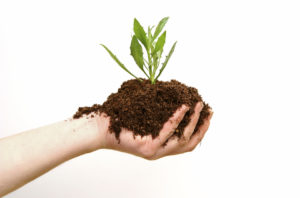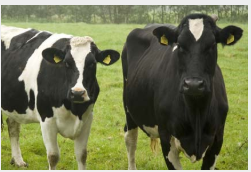The compound fertilizer extrusion granulator adopts spiral, two-way rolling, two-way die and double roll granulation, but it is essentially different from other granulation equipment. The granulator enables organic materials to be continuous, high-speed and dense in the granulation area.
Rolling and shearing promote the physical granulation pressure between powder and granular materials to increase significantly.
With this method, the granulation effect is 2-3 times higher than that of conventional extrusion granulator, and the power consumption is reduced by more than 60%.
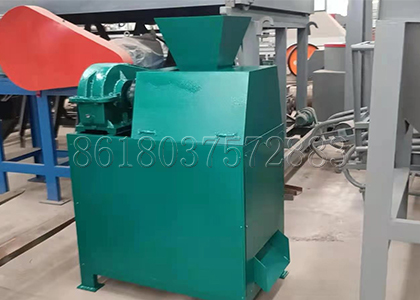
Characteristics of NPK compound fertilizer extrusion granulation equipment:
The frequency conversion PID operation feed automatic control system of the double roll granulator ensures that the granulation system produces high power and stability.
It can be widely used in sugar factory sludge filter, alcohol, starch, animal husbandry and other enterprises, and organic waste produces organic fertilizer, biological fertilizer, organic-inorganic compound fertilizer and other commercial granulation.
Due to the combined structure of various granulation skills in the granulation field, the granulation function of organic fertilizer is significantly enhanced, making organic fertilizer granulation one of the rapid, low consumption and promising granulation methods in modern industrial granulation. skill.
It is a unique advantage of similar fertilizer granulation equipment and has an advanced level in the production of organic fertilizer granulation.
Detailed info on npk fertilizer production, go to https://organicfertilizermachines.com/npk-fertilizer-manufacturing-process/


